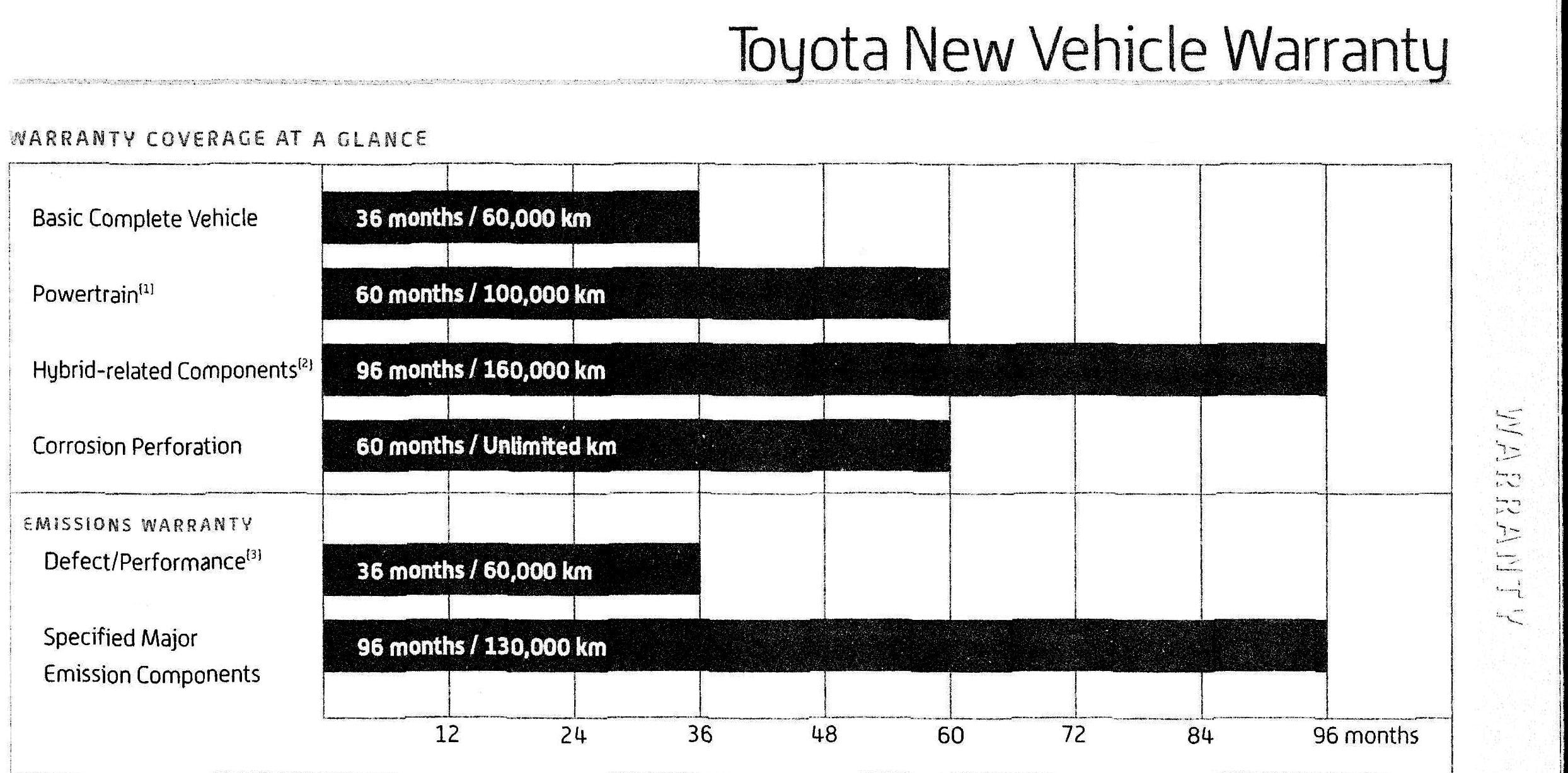Frequently Asked Questions

What oil should I be using in my Toyota, and how do I know when I need my next oil change?
You should always stick with the regular recommended viscosity of oil for your Toyota vehicle.You can always know when your due for your next oil change by the sticker placed at the top right corner of your windshield. This sticker normally states a date and mileage. Once your mileage matches that on the sticker you are due for an oil change, we recommend you don't go over that number. If you reach the date and still haven't reached the number we recommend you come in for a basic service of your vehicle.
How do I know when I need new tires? Are the tires on my Toyota vehicle warranted by Toyota Canada, and are there any tire rebates I could have?
There are a few different ways you can go about seeing if you need new tires. The easiest one is the quarter test.

Your tires on your Toyota vehicle are not warranted by Toyota Canada. Tires originally installed on your Toyota vehicle are warranted by the respective tire manufacturer. Please refer to the tire pamphlet provided with your Toyota vehicle. The tire rebates come out in the winter for winter tires but normally only last the first month, same goes with the summer tires. They normally come out when the spring starts and lasts only about a month.
How often should I service my Toyota?
Your Toyota has an optimum service interval that depends as much on time and driving conditions as it does on distance.
If you don't do a lot of kilometers you should have your Toyota serviced according to the recommended time based service intervals. Short, stop-start journeys are one of the hardest forms of work an engine can endure. Since the engine doesn't get up to optimal operating temperature for any real period of time it can't burn off the by-products of combustion. This can lead to a reduction in the oils efficiency to lubricate which, in turn, can lead to premature engine wear and possible engine failure.
Alternatively, if you use your car more regularly and drive more than the average distance then you will reach the kilometer interval first, therefore your servicing should be based on the recommended distance traveled. Remember, it's not only time or distance; it's whichever you reach first.
How often should I replace my wipers? How often should I replace the wiper refills (rubber inserts)?
Wiper blades should be replaced every six months to a year or as soon as you notice a difference in driving visibility. When wiper blades no longer make proper contact with the windshield surface, they can begin to squeak, chatter, skip, smear or streak reducing driving visibility.
Replacing just the refill is a low-cost alternative to changing the wiper blade.
What do my dashboard lights mean?
You can find a detailed description and video of your lights and there means on the dashboard warning lights page. (please click the page title to be brought to that page.)
How often should my brakes be serviced?
As your car ages and the forces of friction and heat take their toll on brake components, your braking system will gradually begin to lose some of its effectiveness. To keep your vehicle safe, you need to keep your brakes properly serviced, and the first step in that process is a brake inspection.
The main elements of the brake system should be checked about once a year or 30,000 kilometers. How frequently you check may depend on a number of factors such as the age of your vehicle, the type of braking system, the terrain where you live and the manner in which you drive.
When is my basic warranty up?
3 years (36 months) / 60,000 kilometers (all components other than normal wear and maintenance items).

For more precise information for your vehicle Click Here.
If my check engine is on, can I still drive my vehicle?
If your check engine light comes on it simply means that your vehicle's computer system has detected a problem. Depending on the year, make, and model, it may be related to the engine, or the transmission. There are literally hundreds of reasons a Check Engine Light may appear.
The general rule is: if the check engine light is on, and the car seems to be running ok, you can drive it. However, you should have it checked at your earliest convenience. If your vehicle is running poorly-bucking, stalling, hesitating, or you just don't feel safe, tow it. When in doubt always tow it. If the check engine light was on but went out by its self. It probably still isn't ok. Your check engine light often comes and goes. Even if the light is out, your vehicle's computer system will retain information that will allow the problem to be diagnosed. To avoid potential long term issues, get it checked out.
Are genuine Toyota oil filters better for my Toyota?
Where can genuine Toyota parts be purchased?
My seat-belt fits too snugly. How can this be corrected?
